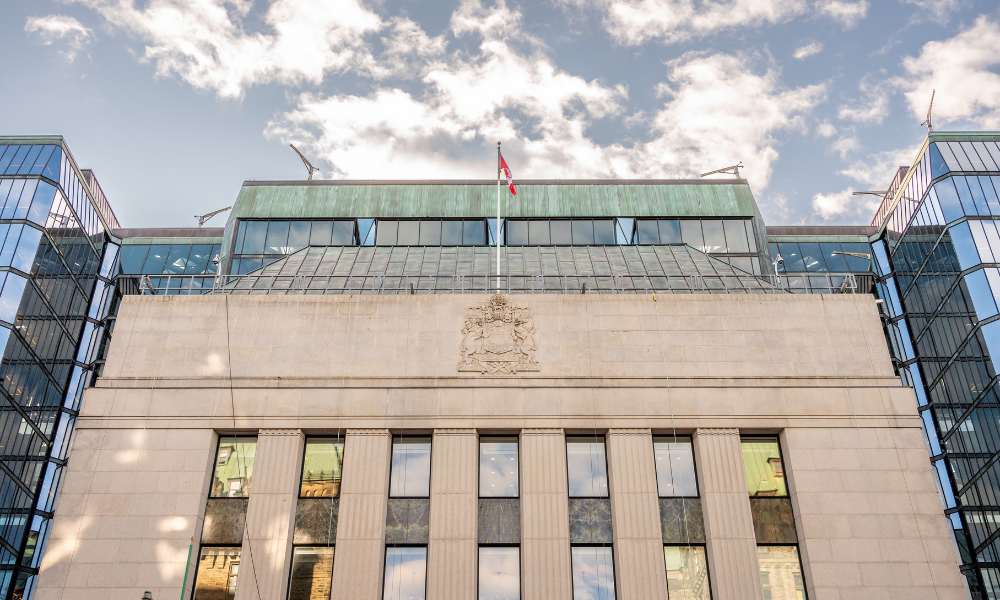Governor Macklem defends jumbo rate cut, aiming for a "soft landing" without recession

Governor Tiff Macklem recently elaborated on the Bank of Canada’s decision to implement a substantial interest rate cut, as reported by BNN Bloomberg.
Speaking at an event in Toronto hosted by The Logic, Macklem stated that a larger-than-usual rate cut aligns with the Bank’s previous aggressive rate hikes intended to manage price pressures.
He dismissed the idea that significant rate reductions are solely for emergencies or economic downturns, explaining, “It makes sense to take some bigger-than-normal steps when you’ve taken some really big steps on the way up.”
Since March 2022, the Bank of Canada increased the overnight rate from 0.25 percent to 5 percent within 18 months.
Now, as it eases policy, the Bank aims to determine the “neutral rate” — the borrowing cost level that neither stimulates nor restricts the economy.
Macklem acknowledged that finding this neutral rate presents challenges. Although estimates place it between 2.25 and 3.25 percent, he noted that the ideal conditions to identify an exact rate, such as stable inflation at 2 percent and growth at capacity, “will never happen.”
Macklem’s comments indicate that while the Bank of Canada is focused on reducing rates, the path and ultimate endpoint remain uncertain.
“We don’t know exactly the pace. We don’t exactly know where the landing is,” Macklem said, signalling the central bank's flexible approach to further rate adjustments.
Market traders are also uncertain, with overnight swaps indicating expectations for a rate reduction to around 3 percent by March 2025, without full confidence in additional cuts thereafter.
Benjamin Reitzes, a rates and macro strategist at Bank of Montreal, emphasized the broad economic uncertainties, pointing to factors such as the upcoming US election, potential Canadian federal and provincial elections, and shifts in immigration policy.
Last week’s decision saw policymakers reduce the policy rate by 50 basis points, bringing it to 3.75 percent.
While such an easing is uncommon outside of recessionary periods, officials defended the move, describing it as necessary to achieve a “soft landing” without a sharp economic downturn.



